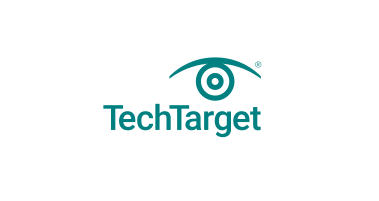Access control, a crucial security technique in the world of computing, plays a significant role in minimizing risks for businesses and organizations. Divided into two main types – physical and logical – access control governs who or what can access resources in a computing environment. Physical access control restricts entry to physical locations, while logical access control limits connections to computer networks and data.
To enhance security measures, organizations deploy electronic access control systems that utilize various methods such as access card readers, PIN pads, biometric scans, and security tokens to authenticate and authorize users. These systems also incorporate access control panels, alarms, and lockdown capabilities to prevent unauthorized access or operations in restricted areas like data centers. Additionally, multifactor authentication, which requires multiple factors for validation, is often employed as a part of a layered access control system.
Access control is an integral part of identity and access management (IAM) and is essential in most security frameworks like NIST Cybersecurity Framework and PCI DSS. The primary goal of access control is to minimize the risk of unauthorized access to physical and logical systems, safeguarding sensitive data such as customer information and intellectual property. By limiting access to networks, applications, and files, access control ensures protection against unauthorized access and modification of crucial data.
Implementing access control involves the use of different access control models, each catering to specific requirements and security levels. Mandatory access control (MAC) is common in government and military environments, while discretionary access control (DAC) allows owners or administrators to set access policies. Role-based access control (RBAC) restricts access based on defined business functions, and rule-based access control and attribute-based access control are also utilized in various scenarios.
Challenges in access control arise from the complex and distributed nature of modern IT environments, making it difficult to track and manage assets effectively. Issues such as dynamically managing distributed IT environments, compliance visibility, and centralizing user directories pose significant challenges. Additionally, understanding the difference between authentication and authorization is crucial, as authentication verifies the identity of users, while authorization assigns access rights based on the authenticated identity.
To address these challenges, organizations must adopt strict monitoring and reporting practices to ensure timely updates in permissions and automated permission removal. The zero trust model presents a modern approach to access control, requiring authentication for all access requests regardless of location. Cloud services also introduce unique challenges in access control, emphasizing the importance of securing public-facing applications and mitigating potential risks.
Access control software and technology play a vital role in managing access within organizations, with tools like reporting and monitoring applications, password management tools, and provisioning tools aiding in access management. Microsoft Active Directory and other IAM vendors offer comprehensive solutions for access management, contributing to a robust security framework for businesses.
In conclusion, access control is a fundamental element in ensuring security and compliance within organizations, protecting sensitive data and resources from unauthorized access. By implementing effective access control measures and leveraging modern technologies, businesses can mitigate risks and strengthen their overall security posture in today’s dynamic IT landscape.


